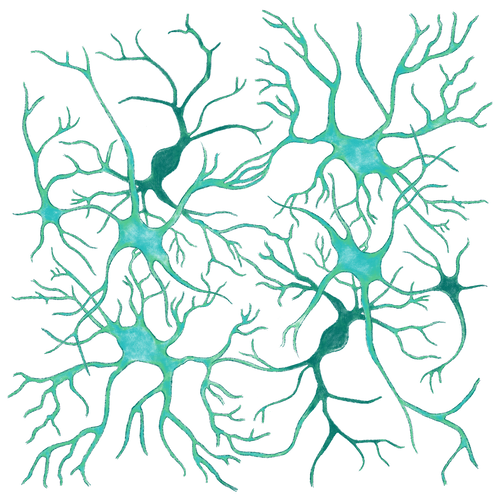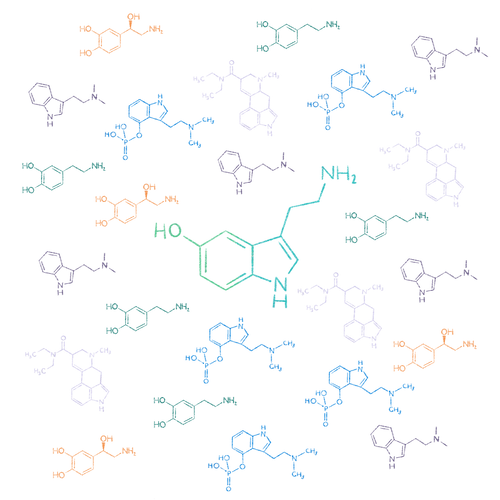The Tian Laboratory invents, leverages, and shares novel optical and molecular tools that precisely characterize neural signaling with the ultimate goal of finding new treatment targets for neuropsychiatric diseases.
Despite extensive research into neurotransmitters and neuromodulatory systems, we lack a unifying theory that explains how these systems work together across scales, from molecules to behavior.
This challenge is particularly clear in psychiatry: medications targeting neuromodulatory systems work quickly on a chemical level, but take weeks to show therapeutic effects. We need a transformative approach that combines technological innovation and interdisciplinary collaboration.
To unlock the mystery of neuromodulation, we need to measure when, where, and how neurochemicals are released during behavior. We create optical tools for large-scale recording of neural activity to study the brain in real-time and reveal how neural circuitry functions.


We use our biosensors and optical probes to track the activity of individual neurons quickly and precisely to better understand how neural activity is connected to behavior and disease. We characterize, validate, and apply these probes in vitro and in vivo in multiple systems using electrophysiology, pharmacology, genetics, imaging, and behavior.
Our approach underscores the importance of long-term commitment, technology advancement, free exchange of data, and open science principles.
Inventions from the Tian Laboratory enable us, and neuroscientists around the world, to ask challenging questions that can’t be solved using current methods. The resulting answers provide mechanistic insight into neuromodulator communication and will ultimately aid in the discovery of personalized pharmacological profiles and therapeutic drug development.


Neurochemicals inform the brain to quickly adjust its functional state to environmental changes, essential for decision making, learning, and emotion. When these systems go awry, it results in debilitating neurological disorders and mental states.
We use molecular scaffolds and computational modeling to develop, share, and apply multi-color, genetically encoded indicators that detect neurotransmitters as they are released. These measurements are crucial for dynamic representations of signal flow in the brain, allowing us to model integrated coordination of molecules, synaptic plasticity, network activities, and behavior.
Through the NIH BRAIN Initiative and other collaborations, we cross-validate these tools and disseminate them to end users before and after publication, facilitating new theories of neuromodulation.

Astrocytes, long thought to be primarily passive support cells, have been increasingly recognized as essential players in neural circuit function and pathology via regulating the formation and function of synapses.
We collaborate with other researchers to study astrocyte function with genetically encoded indicators as part of the U19 Astrocyte-Team (A-Team) BRAIN Circuit Program. We develop new approaches to identify molecular, cellular, and circuit components of astrocyte-neuron interaction that contribute to behavior. We aim to develop a deeper mechanistic understanding of astrocytes' roles in neural circuit operation, complex behaviors, and brain computation theories.

Our research has enormous transformative potential for mental health. Widely used psychiatric medications have limited effectiveness and undesirable side effects. Even novel therapies, like MDMA, are underutilized due to their hallucinogenic effects despite its efficacy treating PTSD.
Our lab is creating imaging-based platforms for real-time measurement of how disease and medications affect neurochemical systems with cell and circuit specificity in living animals and human iPSC-derived neural networks. This platform will allow us to reveal the dysfunction that underlies various psychiatric and neurological disorders, such as Parkinson’s disease, and could greatly advance personalized treatments for neurological disorders and mental health conditions.
Our biosensors can detect glutamate, serotonin, dopamine, and many other chemical input signals. We freely distribute these sensors to labs around the world through UNC NeuroTools, Addgene, and direct shipments.
Published plasmids and viruses are available to request from Addgene.
To request a shipment of our latest sensors under development, please fill out this form or email Dr. Julie Chouinard.